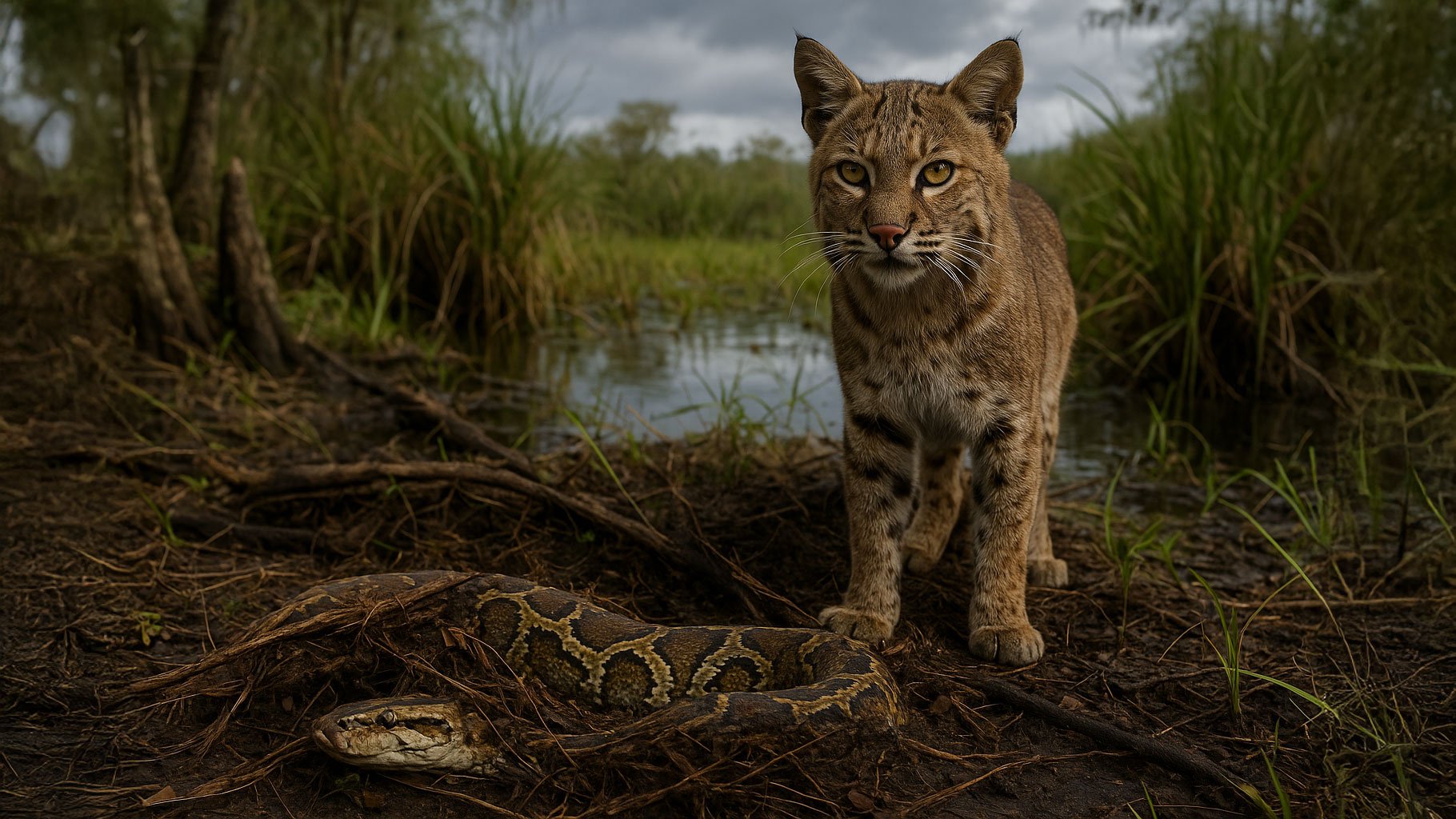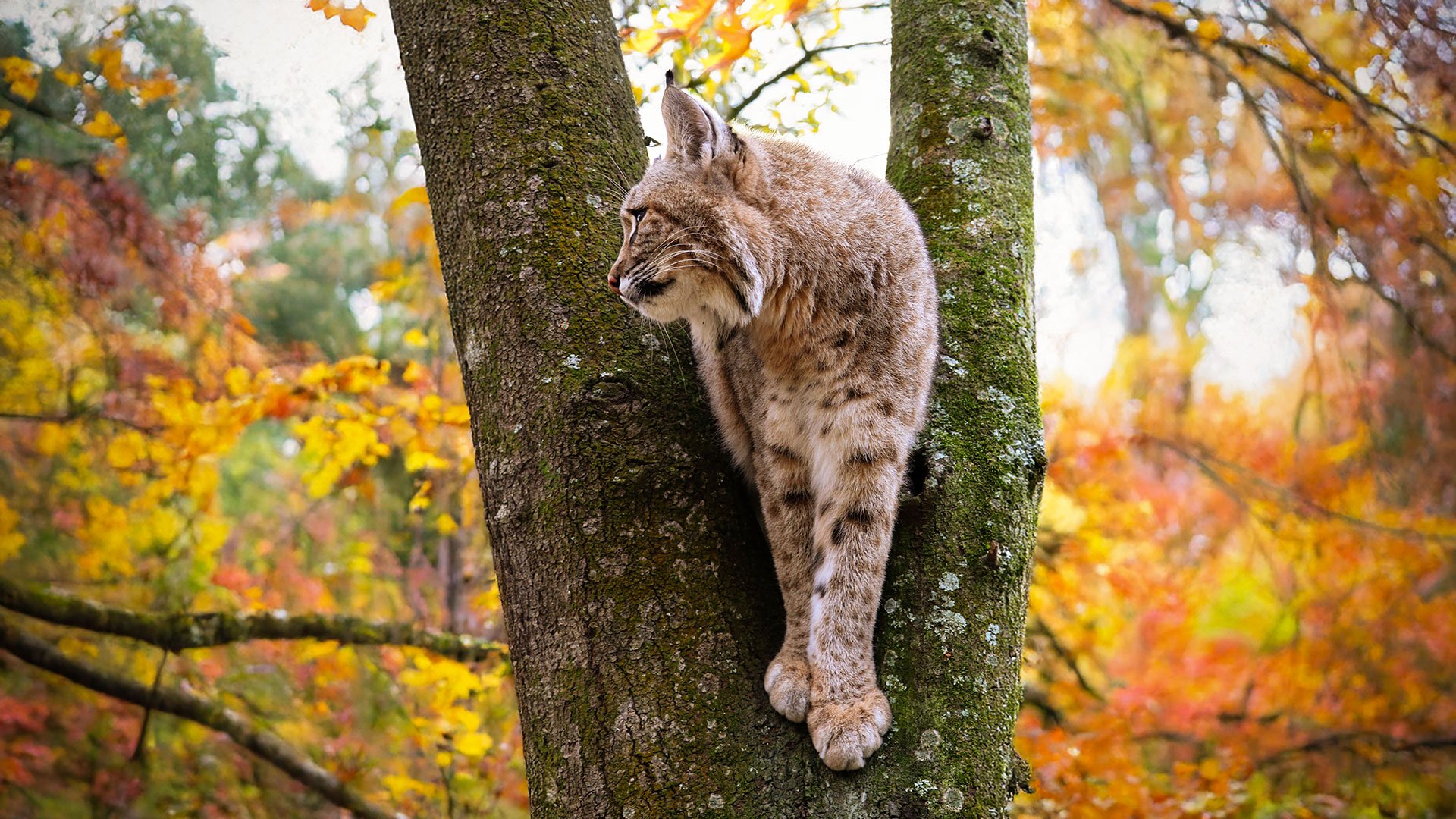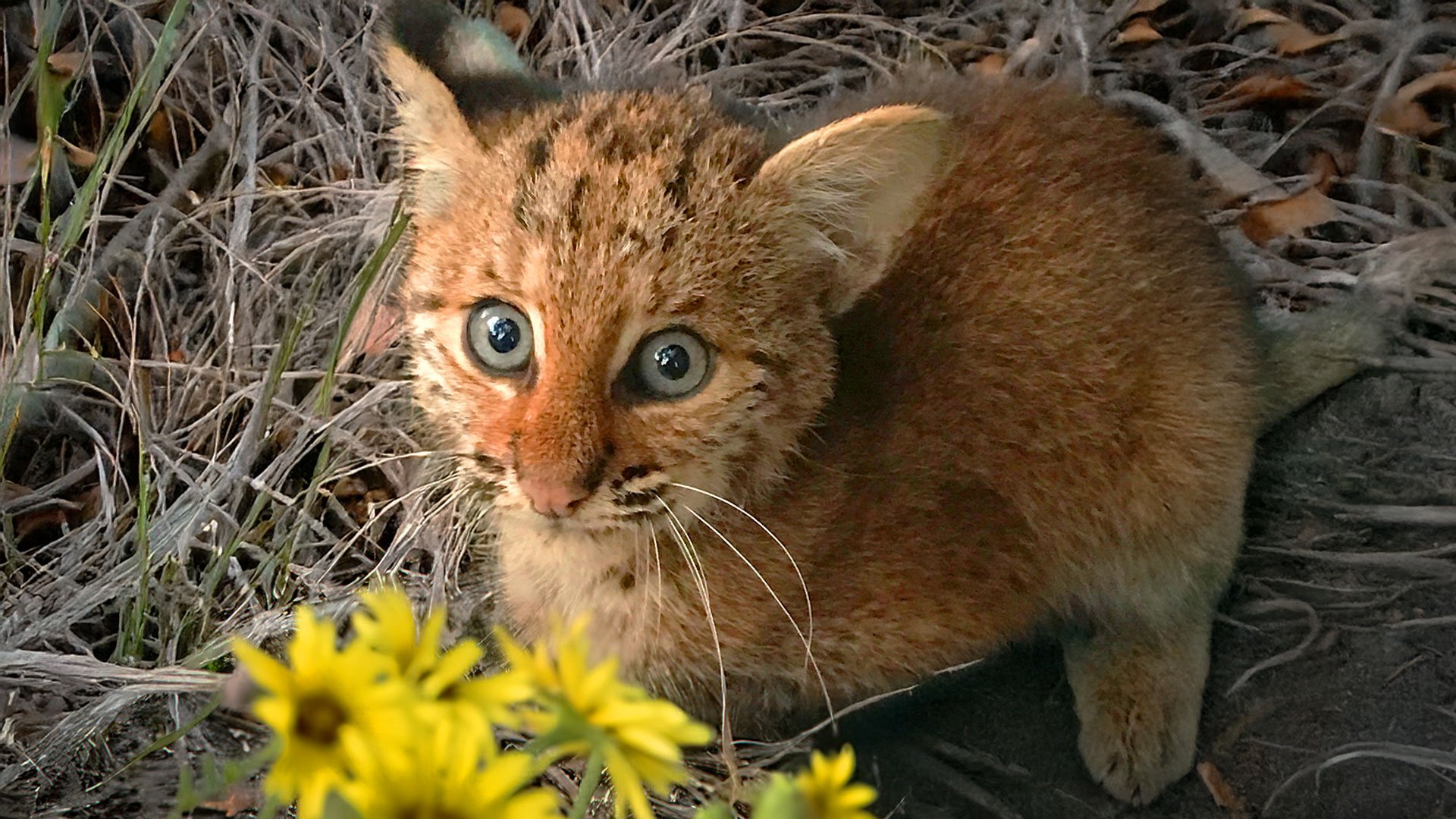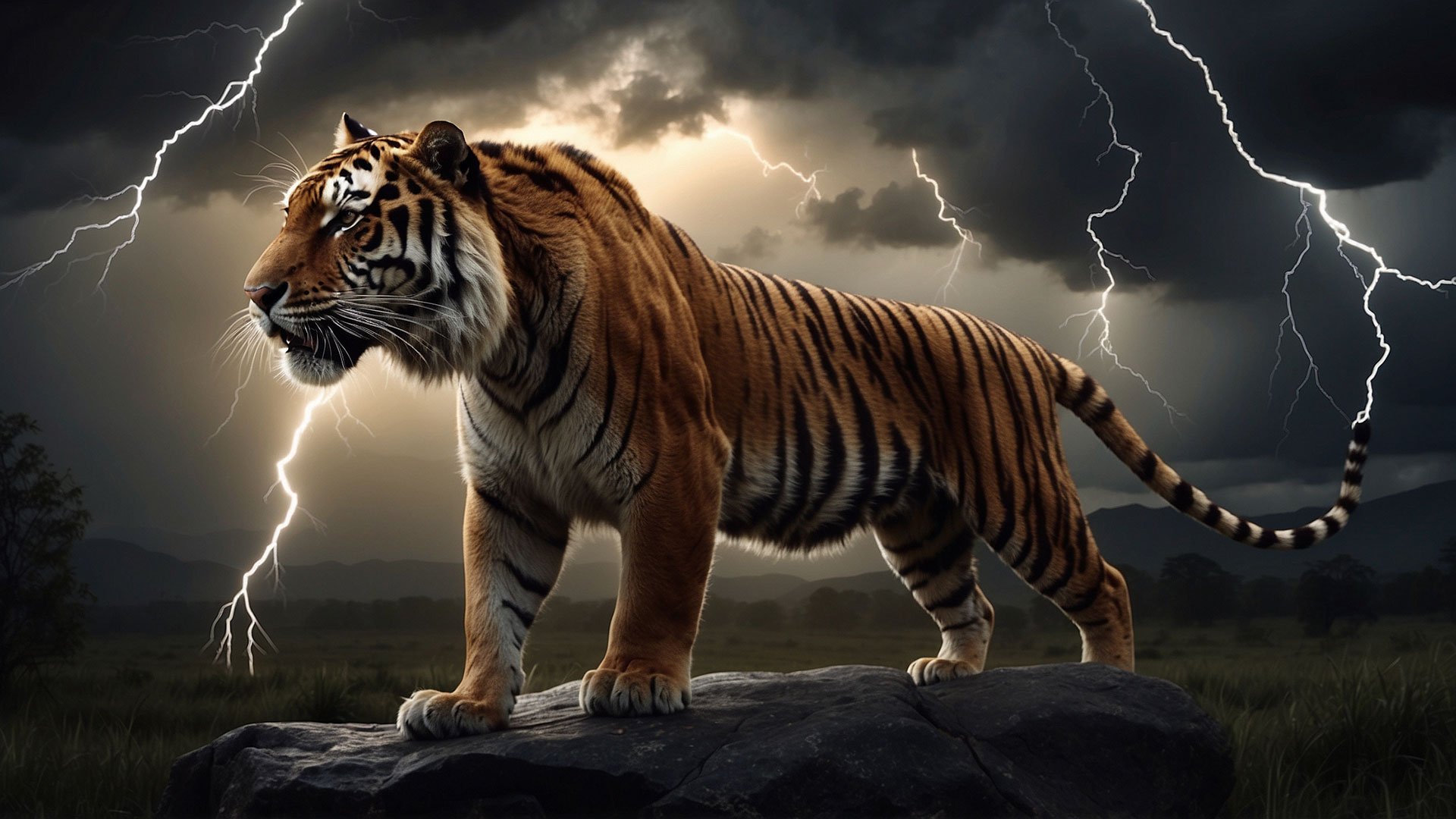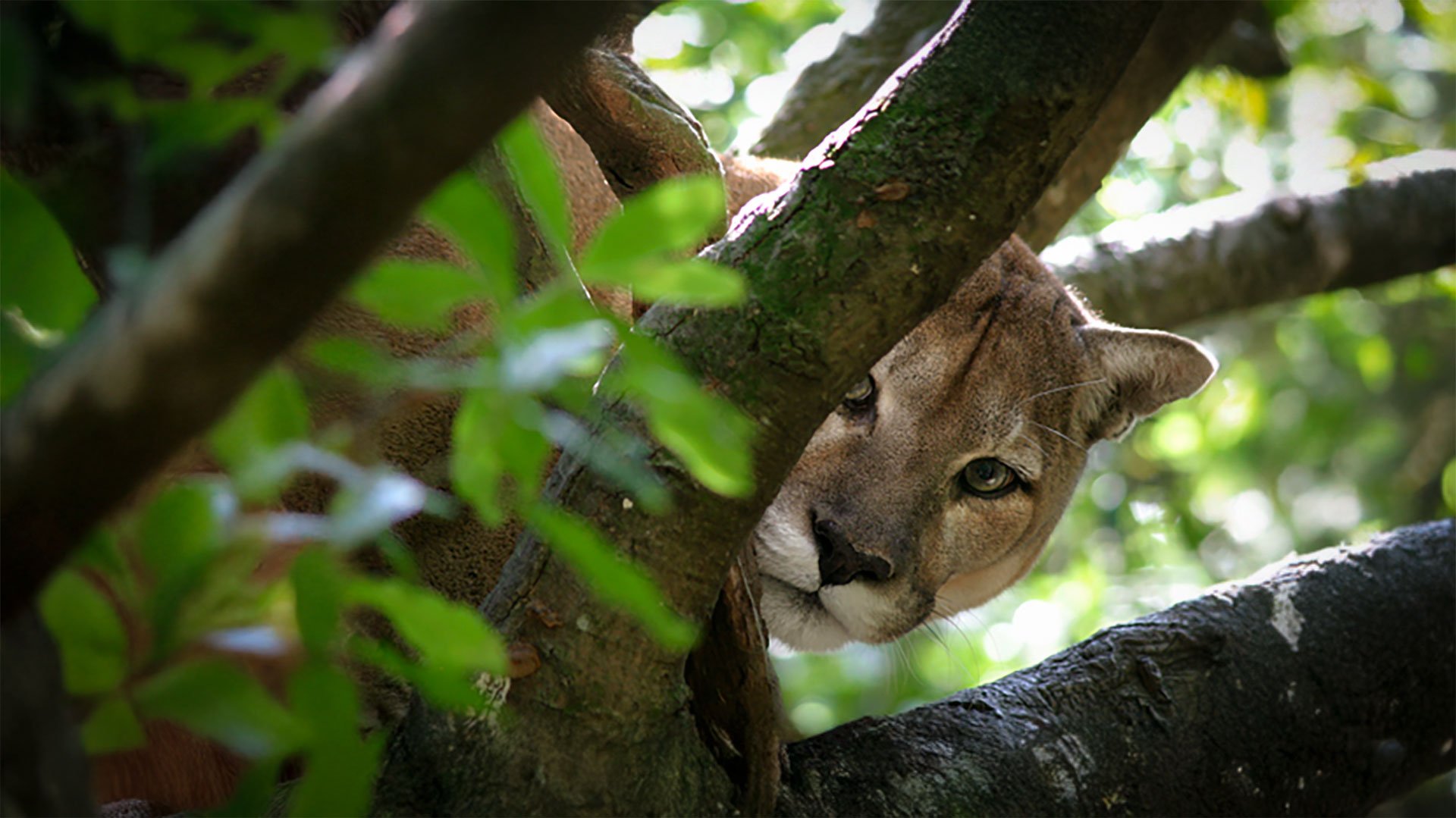Bobcat vs. Python: Florida’s Fierce Feline Fights Back for the Everglades
In the heart of Florida’s tangled wetlands, under the thick canopy of cypress and mangrove, a silent war rages. It’s not a war fought with guns or fire—but with fangs, claws, and stealth. And in a recent jaw-dropping encounter captured by wildlife cameras outside Naples, Florida, the tide may have finally turned for the native species of the Everglades.
The footage is now going viral: an American bobcat, weighing no more than 25 pounds, stalking and ultimately defeating a Burmese python—an invader more than twice its size. The massive 52-pound python had long symbolized the unrelenting grip invasive species have on this fragile ecosystem. But this brave bobcat said, “Not in my backyard.”
Bobcat kills python that is twice his weight in the Florida everglades
As wildlife biologist Ian Bartoszek of the Conservancy of Southwest Florida put it, “A 25-pound cat killed and cached a 52-pound python? That’s a win for the home team.”
And indeed, it is.
A Snake That Swallowed a Park
The Burmese python is not a native Floridian. This hulking snake, growing between 6 and 9 feet on average—some even reaching over 18 feet—hails from Southeast Asia. But in recent decades, pythons have slithered into the swamps of Florida through the exotic pet trade and accidental releases, and they’ve made themselves devastatingly at home.
These apex predators can eat nearly anything—birds, deer, even alligators—and because of their size, they have almost no natural predators in the Everglades. That spells disaster for Florida’s native wildlife.
How bad has it gotten?
A 2012 study by the U.S. Geological Survey (USGS) showed the alarming drop in mammal populations:
Raccoons: down 99.3%
Opossums: down 98.9%
Bobcats: down 87.5%
And some—like marsh rabbits and foxes—have all but vanished.
These numbers are staggering. The very foundation of the food web has been shaken, leaving 36 species within Everglades National Park threatened or endangered. Every time a python eats a native animal, it's like stealing a brick from the foundation of a delicate ecological temple.
Bobcat Uprising
But nature has a way of adapting—and fighting back.
The bobcat caught on camera is part of a growing resistance. These solitary wildcats, native to Florida, are now recognizing Burmese pythons as prey. What’s especially remarkable is not just the kill, but the caching—the behavior of burying or hiding food for later. That shows strategy, memory, and survival instinct kicking into overdrive.
This moment is more than a fluke. Bartoszek and other biologists are beginning to see signs that predators are adjusting their playbook. As species like bobcats, alligators, and even eagles begin targeting python hatchlings and juveniles, the power dynamic may be shifting.
The ecosystem, once reeling under the python’s grip, is showing signs of resilience.
Science Steps In
The fight against invasive species can’t be won on instinct alone. Conservationists have brought innovation to the battlefield.
One particularly creative strategy? “Spy pythons.” These are collared male pythons released into the wild to do what male pythons do—seek out females. But once they do, scientists swoop in, using GPS to locate nests, remove the females (who can lay up to 100 eggs at a time) and stop the next generation before it begins.
Each captured nest represents hundreds of animals that won’t disrupt the delicate Everglades ecosystem.
What Can You Do?
This battle isn’t just about one bobcat or one snake—it’s a powerful symbol of resistance. Of homegrown species standing their ground against a creeping threat.
But invasive species aren’t just Florida’s problem. Across the globe, introduced animals and plants are pushing out native ones, causing extinctions and breaking apart ecosystems.
If the bobcat’s brave stand moved you, there are ways to help:
Support organizations like Big Cat Rescue, who fought the invasive snake trade since the early 2000’s, and who now funds in-situ conservation to protect wild cats in the wild.
Don’t support the exotic pet trade. Those animals do not belong in private homes.
Educate your community about invasive species and responsible animal stewardship.
Advocate for stronger protections of native wildlife and their habitats.
The Takeaway:
The camera captured more than just a rare encounter—it caught hope in action. A native predator refusing to surrender its turf. A sign that the wild is still wild. And that with help—from both nature and human allies—the Everglades might just win this fight.
Let’s be on the bobcat’s side.
Read more 2025 https://www.thecooldown.com/outdoors/bobcat-python-fight-predator-prey-florida/
